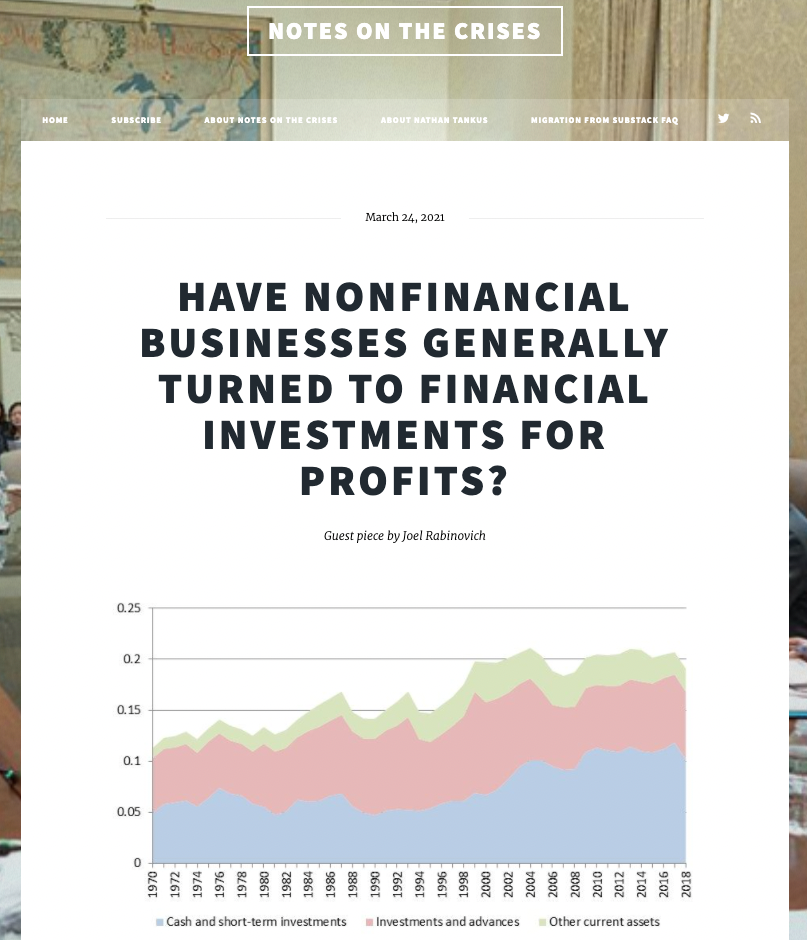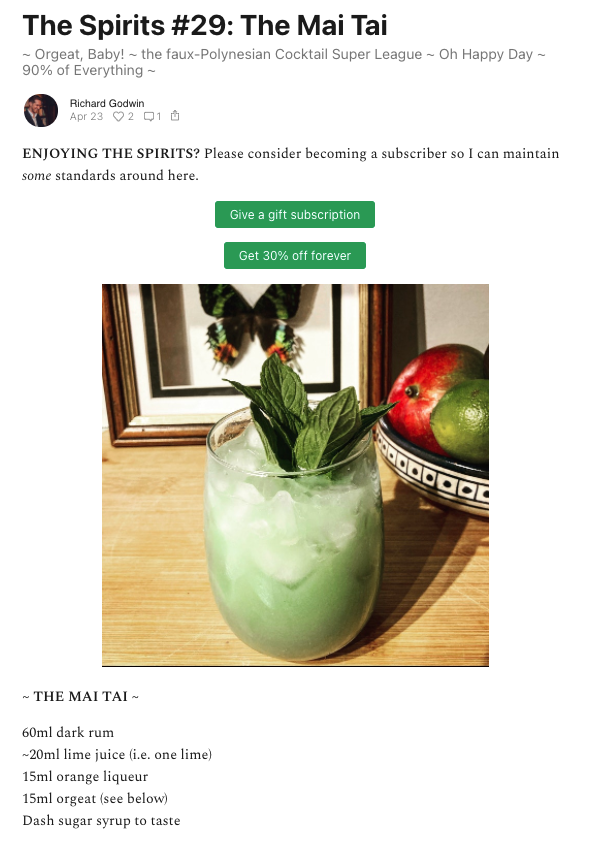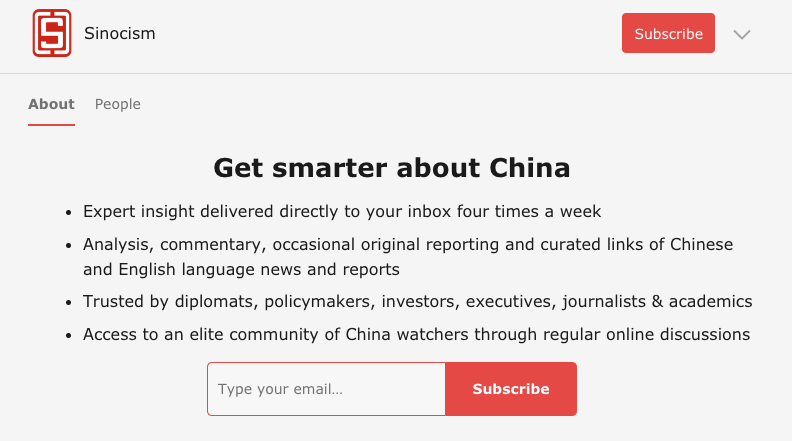6 types of newsletters you can start today
Create better content at a faster pace with less work using these newsletter frameworks.
One of the first challenges writers face when starting a newsletter is deciding what type of newsletter it will be.
By choosing a well-defined newsletter type or genre:
- your readers will know what to expect in every issue,
- you'll have clear models to follow and iterate upon,
- and you can enter in-demand niches from a unique angle.
In this article, you’ll learn the 6 types of newsletters that exist, what their differences are, and how to use each one.
Newsletter type #1: Reporting
Newsletters with a journalistic lens are currently one of the most popular categories. These publications can be run either by a solo writer or a team of creators. Publishing frequency tends to be on the higher side, with the majority publishing anything from a few articles a week to a few per day.
The value proposition for reporting newsletters is often a unique viewpoint or exclusive coverage readers can't find anywhere else. One of the best examples from this space is The Information which positions itself as offering "Tech news you won't read elsewhere."

Newsletter type #2: Analysis
Analysis newsletters are typically run by narrowly defined subject-matter experts. Their content is often long-form, includes charts or graphs, and presents an opinionated take on the topic at hand. Readers can expect to receive these weekly or even monthly due to the research required for each edition.
Subscribers seek out analysis publications most often to help them succeed in their professional lives. A well-known model of this type is Nathan Tankus’ Notes on the Crises, which runs on Ghost and “covers the play by play of the current pandemic-induced global depression and how policymakers should respond.”

Newsletter type #3: Curation
Curated newsletters are one of the fastest-growing types. As the volume of content on the internet continues to grow exponentially, tastemakers who can help readers sort through the noise are finding themselves in high demand.
Curators generally offer subscribers a shortlist of topic-focused links along with a brief summary of each one. For example, Publisher Weekly sends a weekly email containing “the most important stories, ideas & resources about independent publishing.”

Newsletter type #4: Artistic
Maria Popova’s Brain Pickings is a model for personality-driven artistic newsletters. These types tend to be built around a single creator where the main value given to readers is the creator's unique perspective. Popova uses their publication to “explore what it means to live a decent, substantive, rewarding life.”
The embedded individuality of these newsletters means that there is a wide range of publishing frequencies, content lengths, and value offerings. These are one of the most flexible types since they rely on the creator’s persona for direction.

Newsletter type #5: Practical
Practical newsletters have one of the most straightforward value propositions for readers: subscribe to learn how to do x. Whereas many of the previously mentioned types focus on detailed explanations or theories, practical types focus on utility.
Both content length and frequency depend on the newsletter subject, but weekly, shorter editions are standard practice in the space. The Spirits is a practical example that calls itself “a book club but for cocktails.” In each edition, subscribers are sent a cocktail recipe, directions on how to make it, and tips for elevating the experience.

Newsletter type #6: Hybrid
The final newsletter type to consider is a hybrid model. These publications combine the best elements from any of the other types in order to create something truly unique.
Sinocism, a newsletter on China, offers readers an element from almost every single type mentioned: “analysis, commentary, occasional original reporting and curated links of Chinese and English language news.”
Those interested in the hybrid model must remember not to overwhelm their readers with content since the boundaries of each newsletter type are a key element of their success.

Bonus newsletter type #7: Time-sensitive
Steph Smith introduced the idea of a pop-up newsletter as one “created to document a particular occasion.” Smith lists examples such as the SXSW annual conference newsletter or VICE’s The Mail, which sprang up to cover a tumultuous season of the USPS.
Time-sensitive newsletters work well when paired with ongoing publications or businesses so that the audience remains connected after the event-driven newsletter has ended.
The benefits of choosing a newsletter type
As noted near the beginning of this article, choosing a well-defined newsletter type can help your readers know what to expect. These expectations can also carry through by offering you clear creative boundaries to follow.
Treat the most successful newsletter examples as a compass pointing you in the direction of what works instead of the competition to overcome. This framework will help you create faster without allowing comparison to hold you back.
Finally, remember that any type can cover almost any niche. Take the topic of baking, for example; one could create the following newsletters:
- Report news from the baking world (Reporting)
- Analyze the techniques and recipes of famous bakers (Analysis)
- Curate the best new cake recipes every week (Curation)
- An exceptionally gifted baker shows off their unique creations and how they made them (Artistic)
- A weekly newsletter filled with tips for new bakers (Practical)
- A combination of all of the above (Hybrid)
- Publication covering the annual local baking competition (Time-sensitive)
Overcome the intimidation that comes with starting something new by choosing a type and starting today. You might even surprise yourself with what happens next!






